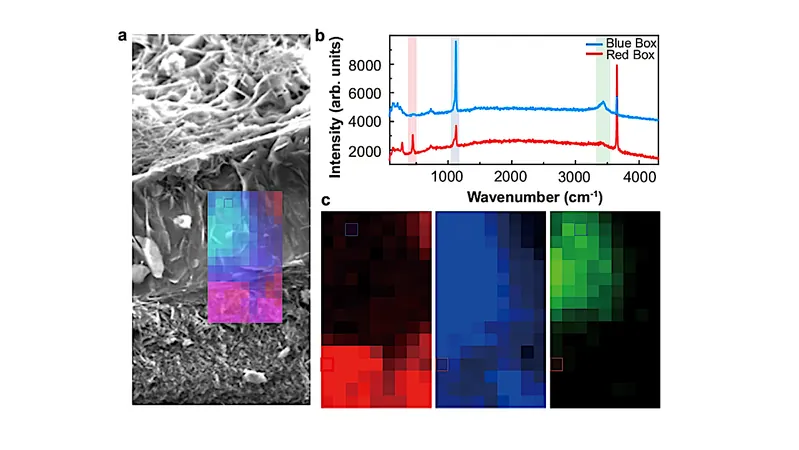
Is Your Dog Waddling? It Could Be a Sign of Degenerative Myelopathy—Vet Insights Revealed!
2024-09-19
Have you ever noticed your dog waddling into the room, strangely walking on the tops of their back paws? While it might seem like a quirky behavior, this "knuckling" can signal serious underlying neurological issues. According to Dr. Joseph Mankin, a clinical associate professor at the Texas A&M College of Veterinary Medicine & Biomedical Sciences, this behavior might be an indication of degenerative myelopathy, a progressive neurological condition that leads to hind limb weakness and paralysis.
Degenerative myelopathy is marked by the deterioration of the spinal cord, fundamentally impacting a dog's capability to utilize their back legs effectively. While the exact cause remains unidentified, research suggests that certain genetic mutations could predispose some breeds to this condition. Larger breeds, especially German Shepherds, Boxers, Huskies, Mountain Dogs, and Labrador Retrievers, are among the most commonly affected.
Identifying the Symptoms
If you observe your dog exhibiting unusual movements or struggling with their back legs, it’s critical to consult your veterinarian. Dogs facing degenerative myelopathy may show signs such as:
Difficulty getting up
Stumbling or unsteady gait
Frequent falls
Noticeable weakness in the hindquarters
Dr. Mankin emphasizes that degenerative myelopathy is a non-painful and slowly progressive disease, with symptoms worsening over weeks to months. It often starts in one leg before spreading to both, leading to difficulties in proper foot placement and the aforementioned knuckling.
Pain from Compensation
Though the disease itself does not cause pain, the adaptations your dog might employ to compensate for their declining mobility may lead to discomfort. For instance, if a dog drags its paw while knuckling, it can suffer from abrasions, cuts, and fur loss, especially on rough surfaces. Hence, Mankin advises promptly consulting a veterinarian if you notice such knuckling behavior.
Focus on Comfort and Care
As dogs age, their risk of developing degenerative myelopathy increases. Therefore, it’s vital for owners to closely monitor their pet's mobility. If you suspect that your dog is affected, Mankin recommends beginning with a comprehensive neurological examination to diagnose the condition. Imaging techniques, such as MRI, may also be used to differentiate it from other spinal cord disorders.
Currently, there is no known cure for degenerative myelopathy, but there are various ways to mitigate its impact on your dog's quality of life. Strategies include:
Physical Therapy
Continuing physical exercise can help maintain muscle mass and potentially slow disease progression. Engaging in tailored exercises can help keep your dog active.
Mobility Aids
Consider investing in harnesses or carts designed for dogs with mobility issues. These can help ease movement and enhance their independence.
Comfort Care
Adjust your dog's living environment to make it easier for them to navigate, which might include non-slip mats or making sure they have easy access to food and water.
Remember, a proactive approach, including regular vet check-ups and being attentive to changes in behavior, can go a long way in managing degenerative myelopathy. Don’t hesitate—protect your furry friend’s future today!


 Brasil (PT)
Brasil (PT)
 Canada (EN)
Canada (EN)
 Chile (ES)
Chile (ES)
 España (ES)
España (ES)
 France (FR)
France (FR)
 Hong Kong (EN)
Hong Kong (EN)
 Italia (IT)
Italia (IT)
 日本 (JA)
日本 (JA)
 Magyarország (HU)
Magyarország (HU)
 Norge (NO)
Norge (NO)
 Polska (PL)
Polska (PL)
 Schweiz (DE)
Schweiz (DE)
 Singapore (EN)
Singapore (EN)
 Sverige (SV)
Sverige (SV)
 Suomi (FI)
Suomi (FI)
 Türkiye (TR)
Türkiye (TR)